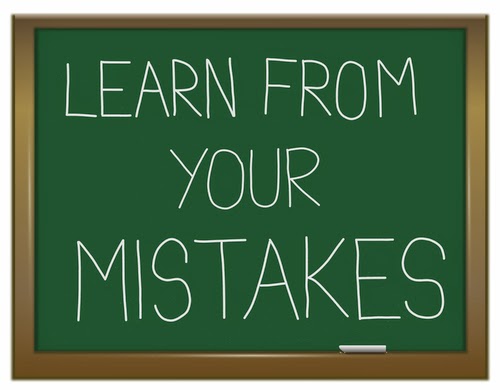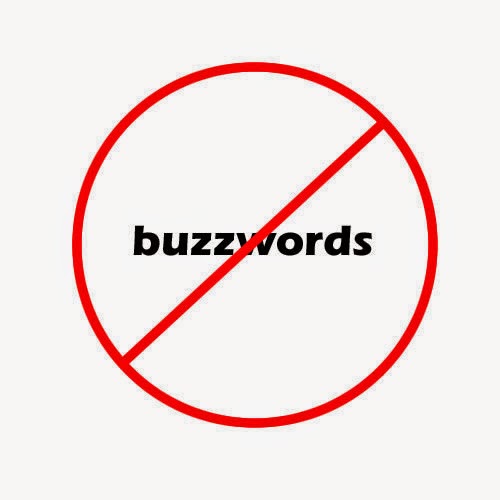As I browsed my Zite, Twitter and Facebook feeds today its hard not to come across posts that talk about reflection, resolutions and just general summaries of the past year and what is in store for the coming year.
I want to share with you four such posts and excerpts from each.
First one is called Reflections on Leadership
Here are some quotes from the Article:
"“There’s only one way to succeed in anything, and that is to give it everything.”
Vince Lombardi
“The best executive is the one who has sense enough to pick good people to do what he wants done, and self-restraint to keep from meddling with them while they do it.”
Theodore Roosevelt
Theodore Roosevelt
“No institution can possibly survive if it needs geniuses or supermen to manage it. It must be organized in such a way as to be able to get along under a leadership composed of average human beings.”
Peter Drucker
Peter Drucker
You do not lead by hitting people over the head — that’s assault, not leadership…Leadership is the art of getting someone else to do something you want done because he wants to do it.
Dwight D. Eisenhower
Dwight D. Eisenhower
I suppose leadership at one time meant muscles; but today it means getting along with people.
Indira Gandhi
Indira Gandhi
Innovation distinguishes between a leader and a follower.
Steve Jobs
Steve Jobs
Leaders are the ones who keep faith with the past, keep step with the present, and keep the promise to posterity. …Leadership is not “magnetic personality” that can just as well be a glib tongue. It is not “making friends and influencing people” that is flattery. Leadership is lifting a person’s vision to high sights, the raising of a person’s performance to a higher standard, the building of a personality beyond its normal limitations.
Peter F. Drucker
Peter F. Drucker
“A leader. . .is like a shepherd. He stays behind the flock, letting the most nimble go out ahead, whereupon the others follow, not realizing that all along they are being directed from behind.”
Nelson Mandela
Nelson Mandela
The following graphic comes from the post " There are 16 Attributes of the Modern Educator"
The following comes from The 18 Skills Every 21st Century Learner Should Develop
Finally I would like to close with words from Lord Rabbi Saks in his post "Count your blessings and begin to change your life"
"Have you made your new year resolutions? If not, try the following. Each is potentially life changing.
1. Give thanks. Once a day take quiet time to feel gratitude for what you have, not impatience for what you don’t have. This alone will bring you halfway to happiness. We already have most of the ingredients of a happy life. It’s just that we tend to take these for granted and focus on unmet wants, unfulfilled desires. Giving thanks is better than shopping – and cheaper too.
2. Praise. Catch someone doing something right and say so....
3. Spend time with your family. Make sure that there is at least one time a week when you sit down to have a meal together with no distractions – no television, no phone, no e-mail, just being together and celebrating one another’s company. Happy marriages and healthy families need dedicated time.
4. Discover meaning. Take time out, once in a while, to ask: “Why am I here? What do I hope to achieve? How best can I use my gifts?.....Finding meaning is essential to a fulfilled life – and how can you find it ....
5. Live your values. Most of us believe in high ideals, but we act on them only sporadically....
6. Forgive. This is the emotional equivalent of losing excess weight. Life is too short to bear a grudge or seek revenge. Forgiving someone is good for them but even better for you. The bad has happened. It won’t be made better by your dwelling on it. Let it go. Move on.
7. Keep learning. I learnt this from Florence in Newcastle, whom I last met the day she celebrated her 105th birthday. She was still full of energy and fun. “What’s the secret?” I asked her. “Never be afraid to learn something new,” she said. Then I realised that if you are willing to learn, you can be 105 and still young. If you are not, you can be 25 and already old.
8. Learn to listen. Often in conversation we spend half our time thinking of what we want to say next instead of paying attention to what the other person is saying. Listening is one of the greatest gifts we can give to someone else. It means that we are open to them, that we take them seriously and that we accept graciously their gift of words.
9. Create moments of silence in the soul. Liberate yourself, if only five minutes daily, from the tyranny of technology, the mobile phone, the laptop and all the other electronics...."
10. Transform suffering. When bad things happen, use them to sensitise you to the pain of others. The greatest people I know – people who survived tragedy and became stronger as a result – did not ask “Who did this to me?” Instead, they asked “What does this allow me to do that I could not have done before?”...."
I hope some of these ideas help you reflect on 2104 and help you enter 2015 with renewed energy.
Here's to another great year
HAPPY NEW YEAR!



















